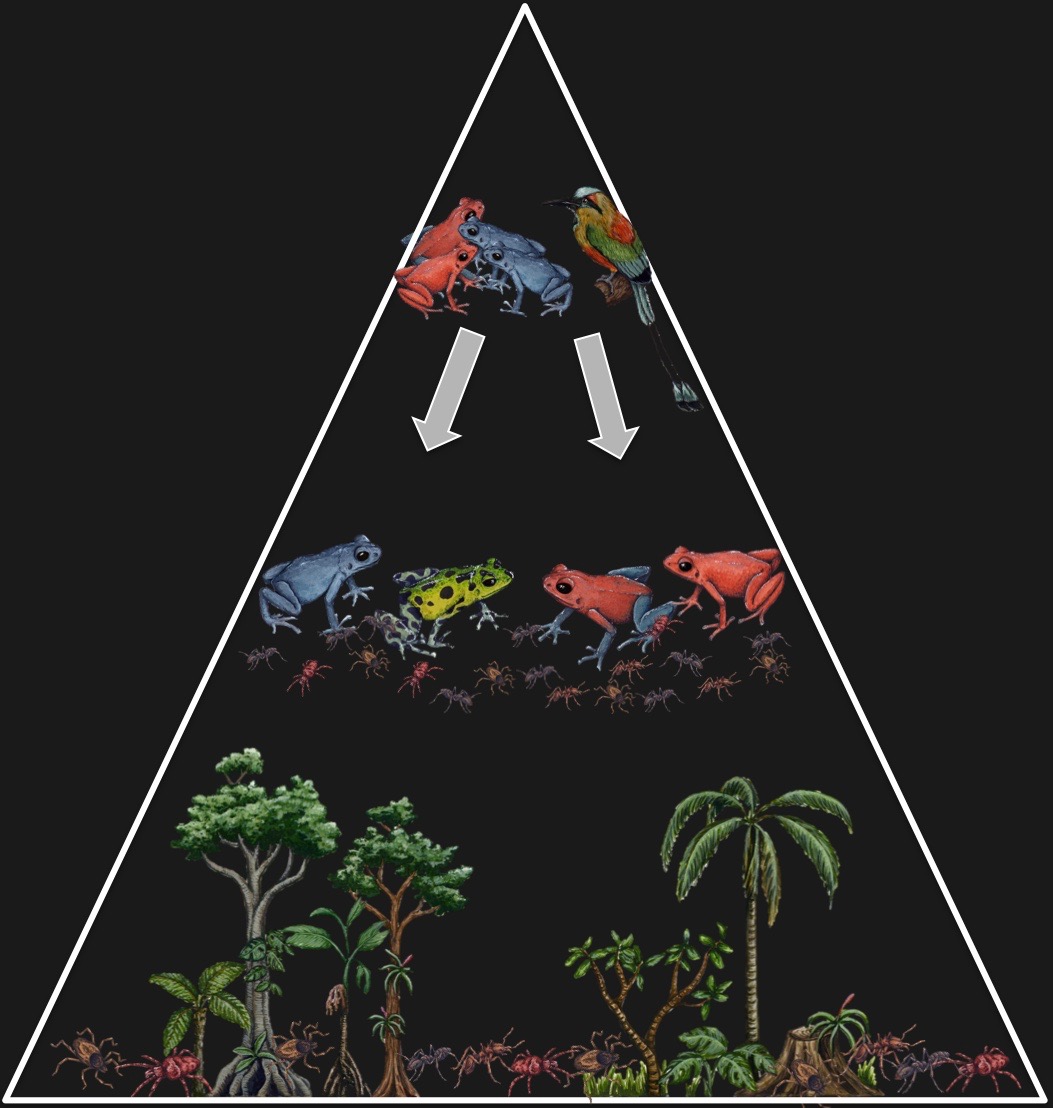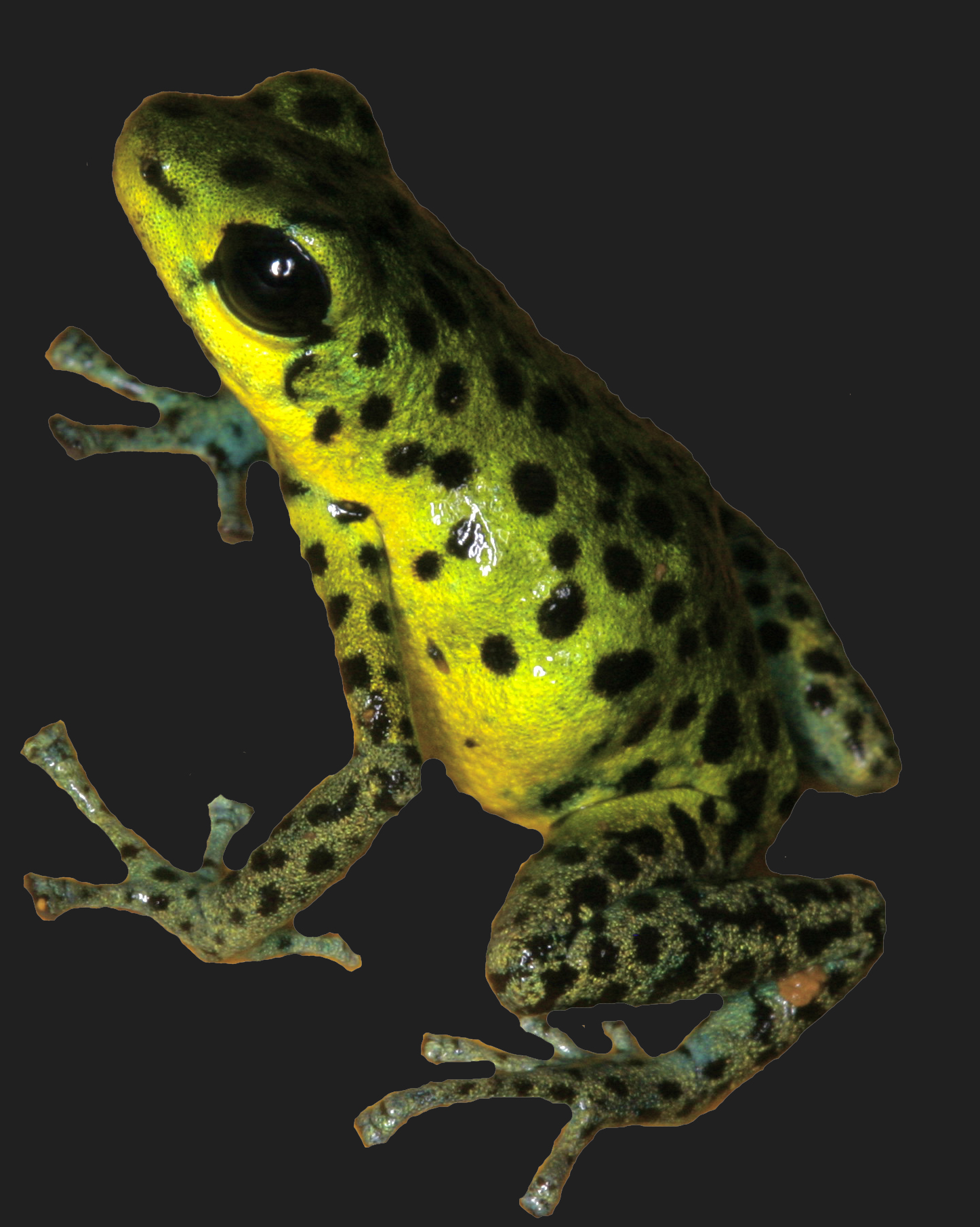RESEARCH INTERESTS:
A wonder and appreciation for the impressive diversity of animal coloration is broadly shared and continues to inspire people of all ages.

It takes a truly multidisciplinary approach to address topics in evolution, ecology, population genetics/genomics, speciation and conservation. My research aims to understand the mechanisms that promote and maintain divergence between populations on fine scales, as well as broad scale patterns of divergence across species using visual signals as focal traits under selection.
In studying visual signals I am able to gain unparalleled evolutionary insights by studying signals that be can readily quantified, where we can measure how and when multifarious selection pressures act on traits, where divergence in that very trait can directly contribute to reproductive isolation and speciation.
A critical aspect of understanding the process of speciation remains elucidating when sources of selection act to promote or maintain
divergence, and when diverging lineages coalesce. My current interests aim to address some of these gaps.
Update sorely needed, coming soon. Please feel free to check out PUBLICATIONS tab for recent and forthcoming work!
Current research topics include:
ECOLOGY AND EVOLUTIONARY BIOLOGY:
- Identifying patterns, and drivers of trait divergence between populations
- Evolution and function of transparency as camouflage
- Measuring anthropogenic influences on population divergence:
CONSERVATION / BEHAVIORAL ECONOMICS:
- Ethics, Conservation and Biocommerce in tropical species
FINE-SCALE PATTERNS OF VISUAL SIGNAL DIVERGENCE:

For my dissertation I investigated the mechanisms that promote and maintain within-population color polymorphism. By focusing on a polymorphic population of Oophaga pumilio I have investigated two anti-predatory strategies through the use of a series of behavioral experiments to assess the contribution of natural selection to signal divergence. Using cline analyses techniques I assessed admixed genotypic and phenotypic transitions across a polymorphic region, including cryptic and conspicuous aposematic color patterns, to demonstrate the role (or lack there of) that coloration plays in maintaining population structure. I also assessed the effects of variation in habitat quality affects a suite of traits under selection including diet, dermal carotenoid and alkaloid profiles, and frog coloration as viewed by conspecifics and potential predators.
I have previously investigated a fascinating case of Müllerian mimicry in the Peruvian poison frog Ranitomeya imitator. In this mimetic radiation I have shown that selection drives phenotypic advergence between R. imitator and several related species (R. fantastica, R. summersi, R. variabilis and R. ventrimaculata). Using molecular techniques coupled with phenotypic (both color and pattern) analyses we demonstrated phenotypic divergence between R. imitator morphs and convergence between R. imitator and model species. We also investigated the population genetics of R. imitator throughout their mimetic radiation, and demonstrated selection acting to promote phenotypic divergence using coalescent simulations.
